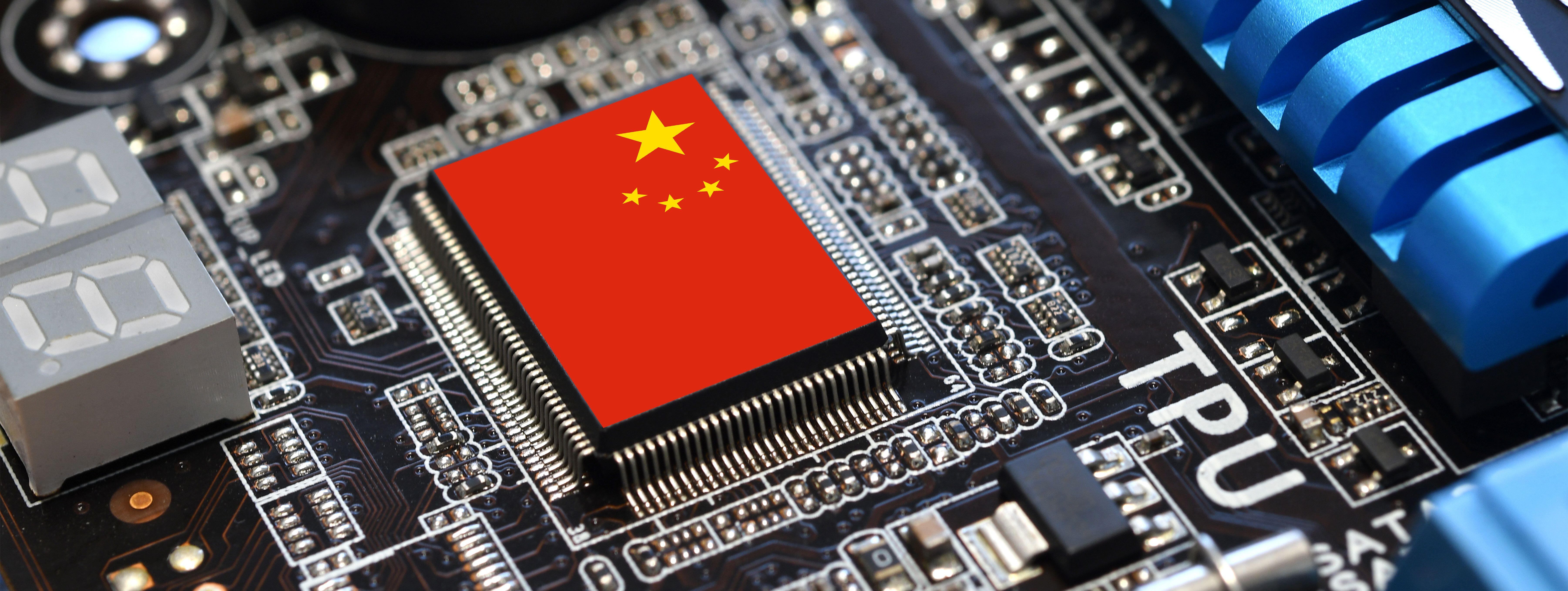In July, a somewhat shocking report was posted on “Tech Insight,” a semiconductor analysis agency. It was said that SMIC, China’s leading foundry (semiconductor consignment production) company, mass-produced SoC (System on Chip) made with 7-nano process and supplied it to Bitcoin mining companies in Canada. This report has made the White House quite nervous The U.S. blocked all high-tech ultraviolet (EUV) exposure equipment to China (manufactured by ASML, the Netherlands), but it was not something to let go of that SMIC succeeded in the 7-nano process over 10-nano process. In fact, it is an open secret in the semiconductor industry that Intel has not properly settled on the 7-nano process. What if Intel catches up with a Chinese company, not Samsung Electronics (005930), TSMC? It’s a really ‘horrible’ scenario for the United States. Last week, about three months after that, the Joe Biden administration really announced a regulation on exports of megaton class semiconductors to China”There was a technical loop where Huawei, a blacklist company, could just use semiconductors from foreign companies using U.S. technology This concept of “blocking exports of products from overseas companies using U.S. technology or software” was introduced in earnest at this time. It’s a very complicated and extensive case of U.S. export control. It’s also the regulation of Russia after the Ukrainian war that this model has been applied The U.S. announced regulations on exports of semiconductors to China on the 7th can be seen as a massive expansion of Huawei’s regulations two years ago. Until now, if the U.S. has regulated China’s emerging technology companies such as Huawei, ZTE, and SMIC, or the system semiconductor field of 10 nanometers or less to prevent the inflow of core technologies. Now we’ve created a very broad regulatory framework for the entire Chinese semiconductor industry Let’s take a look at the regulatory items announced this time.
▲ Dram under 18 nanometers ▲ 128-speed NAND flash ▲ 16-nano logic semiconductor with non-surface transistor structures such as pinpets or gaffets ▲ Export of logic semiconductor technology and production equipment under 14 nanometers is controlled Foreign Direct Production Regulations (FDPR), or “Huawei Regulations,” that control the export of products using U.S. technology and software, will be introduced in all directions in the sanctions If you look at this, you can clearly see the difference from before. The first is to block the inflow of all equipment necessary for high-tech semiconductor manufacturing into China as well as EUV exposure equipment, which is the core of semiconductor microprocessing.
Second, it is to expand not only system semiconductors but also memory semiconductors to be regulated. Third, if the technology developed in the U.S. is used, it will be controlled regardless of nationality. In the case of the Chinese semiconductor industry, the technology to renovate and recycle existing used equipment is very developed. There are also a lot of equipment that are used in common between DRAM, which is a real memory semiconductor, and logic, or system semiconductor process. This is why it prevents the influx of technology and equipment into leading memory semiconductor companies in China, such as Yangtze Memory It can be seen as sending a clear message to allies around the world, saying, “Now everyone join the public semiconductor war.” At least in the high-tech semiconductor field, it also seems to mean “Be prepared to close your business in China.” Korea and Taiwan should be most nervous Recently, there is a new book that draws attention from the U.S. media. It’s a book by American economic historian Chris Miller. The Chip War. Chip War. Like the title of this book, the gunless war over semiconductors, the “world’s most decisive technology,” has begun. Some analysts say that what should be noted in this situation is China rather than the United States. Will China’s semiconductor industry be able to survive in this U.S. omni-directional regulation? China’s so-called “semiconductor independence” could be another huge threat to us.
TED PARK
ASIA JOURNAL




